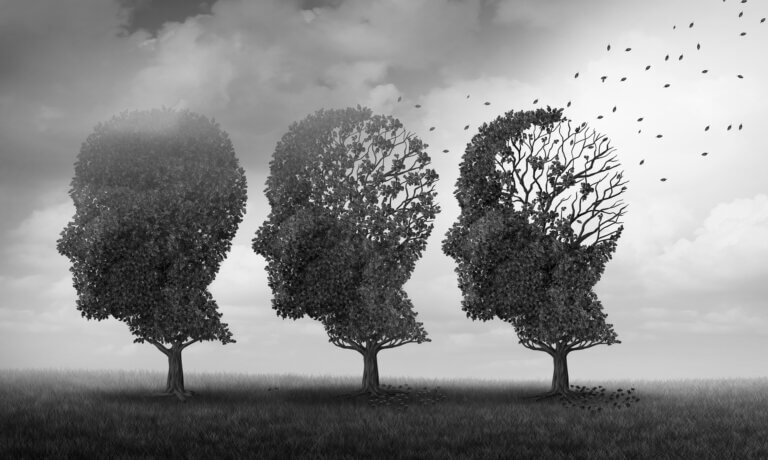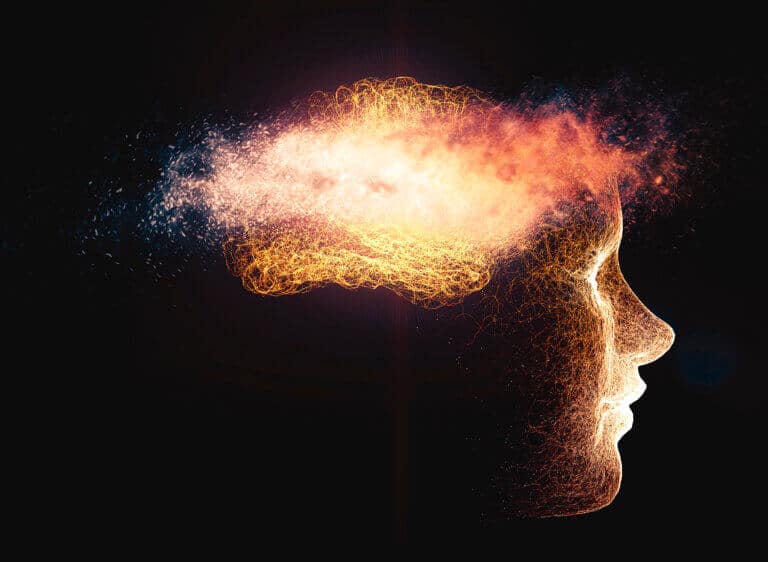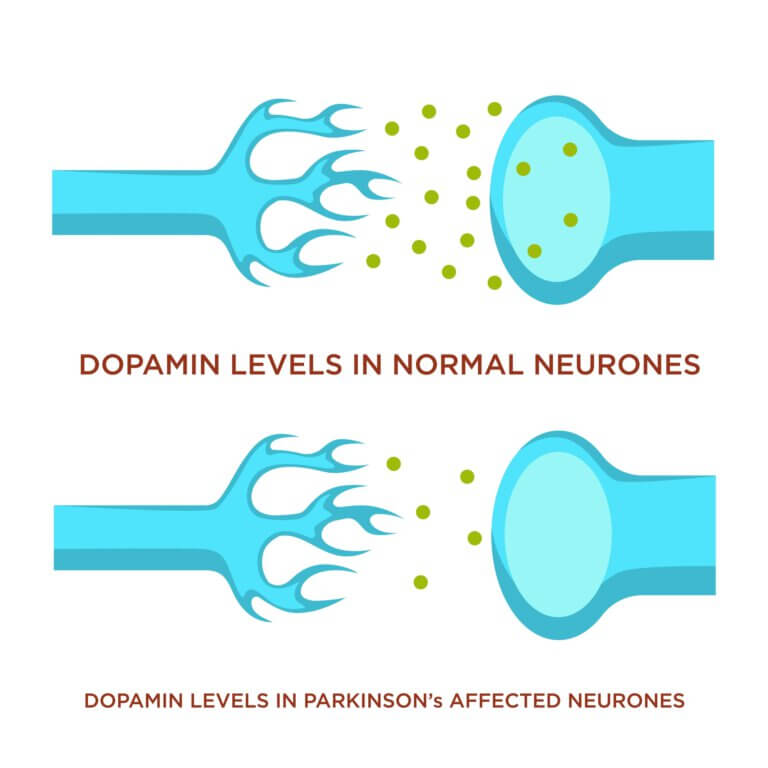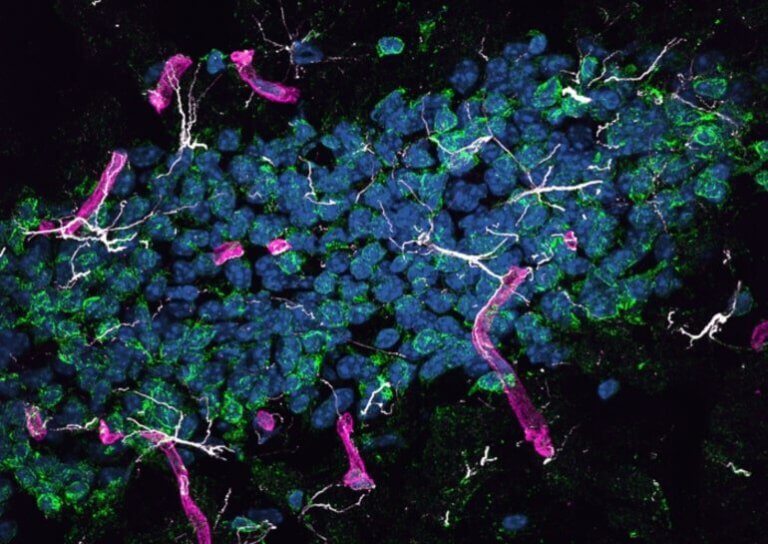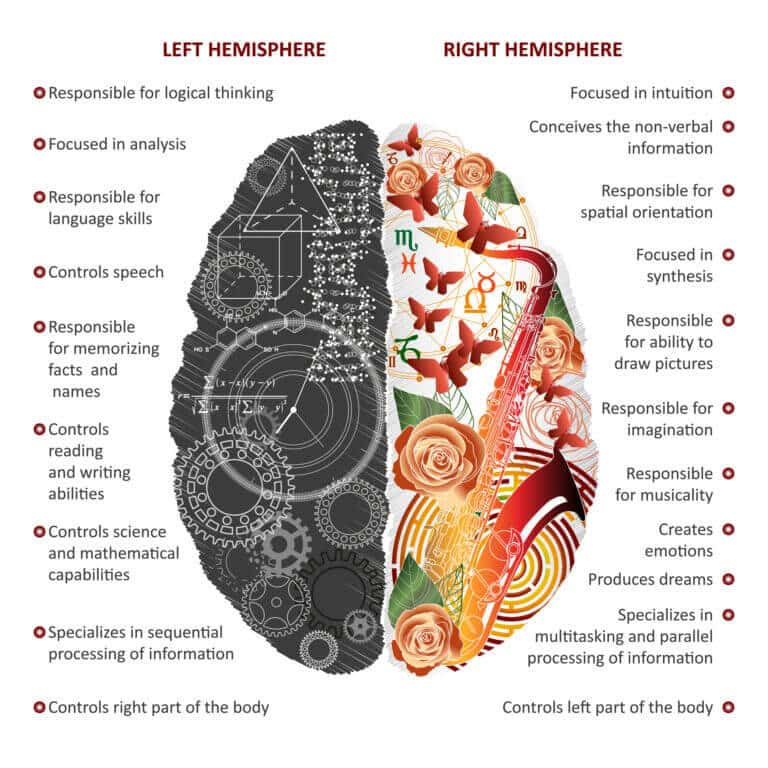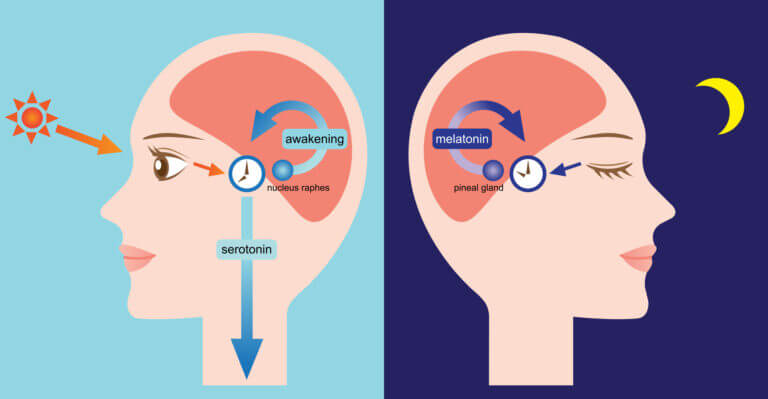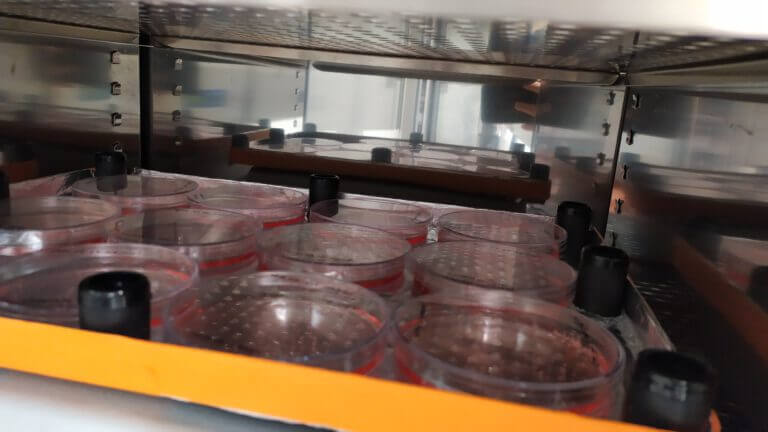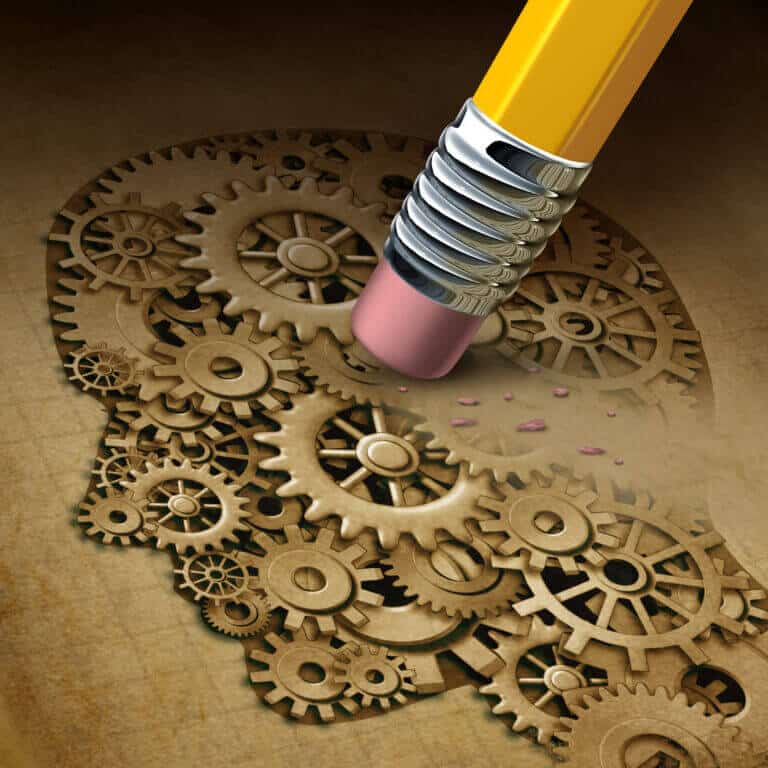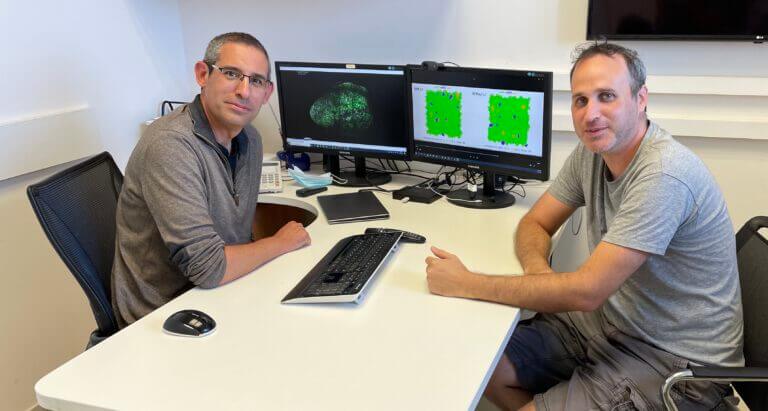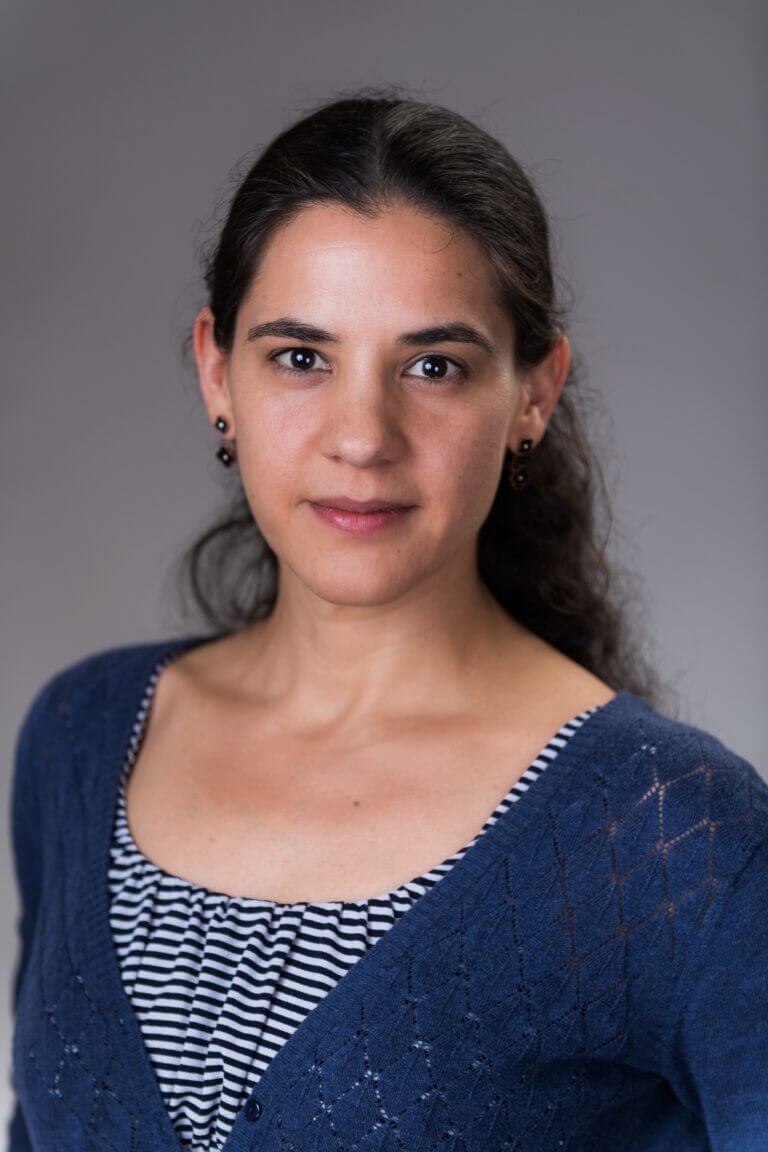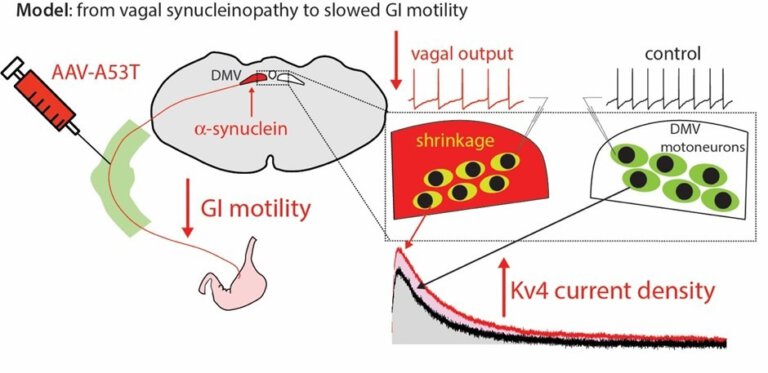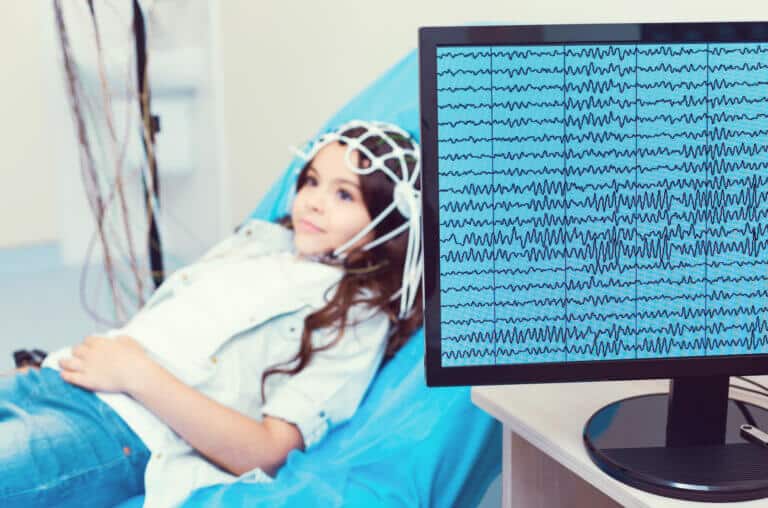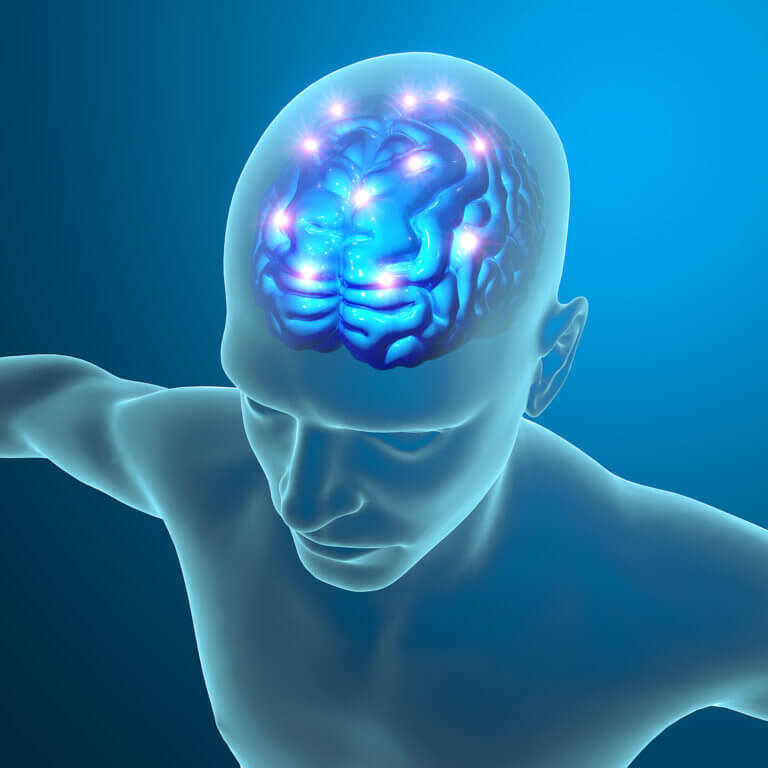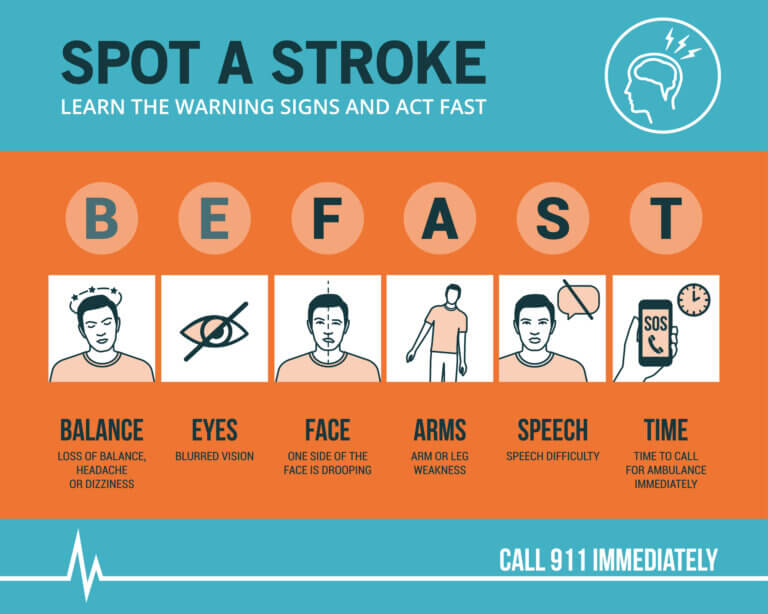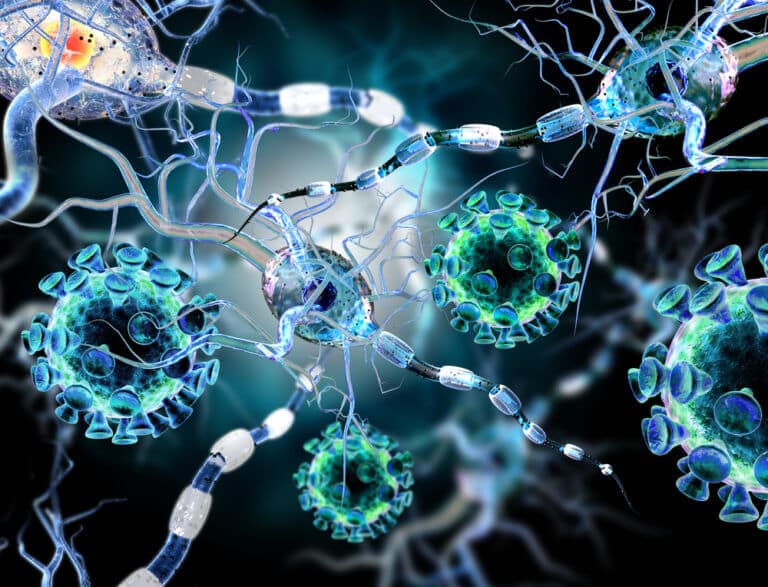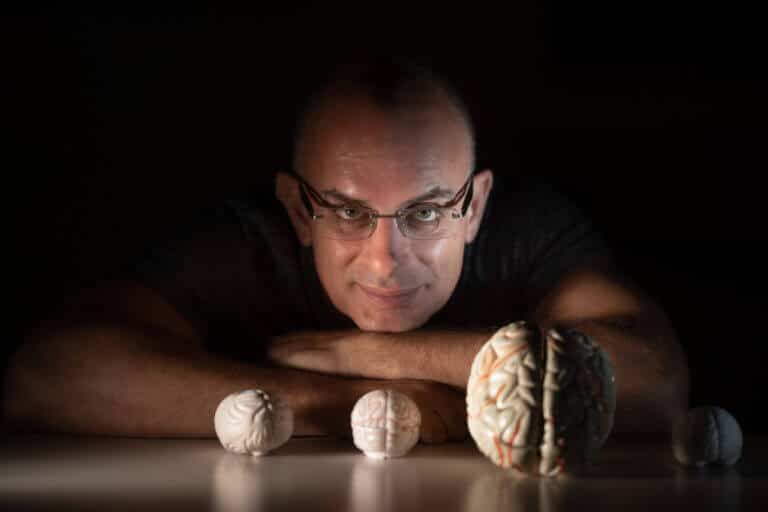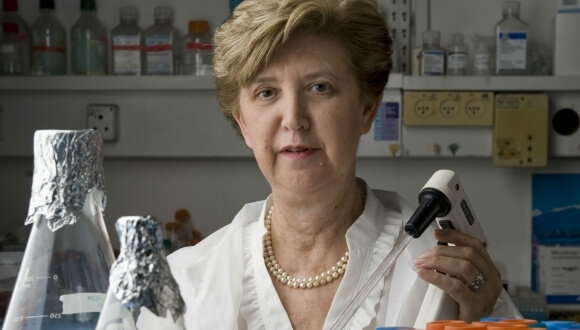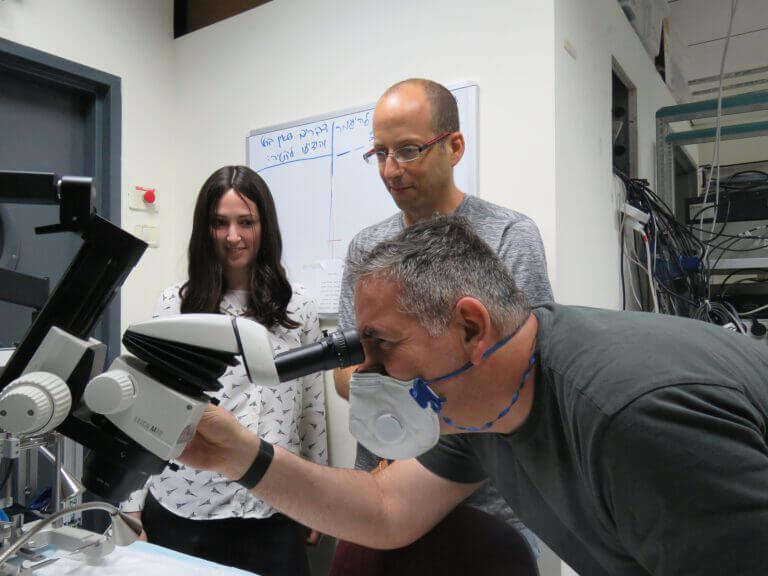Hayadan > Biology and Medicine > the brain > The brain - serious diseases > Page 2
The brain - serious diseases
- Tel Aviv University
- December 13, 2021
A large-scale international study led by Tel Aviv University found that an experimental drug that received orphan drug status from the FDA for the future treatment of a rare developmental syndrome, may also cure a variety of symptoms related to autism, intellectual disability and Alzheimer's
- Tel Aviv University
- December 6, 2021
- No comments
Mutations causing S1R dysfunction are one of the causes of ALS (muscular dystrophy) and hereditary motor neuropathy. In another context, this receptor is a target site for the drug cocaine
- The Hebrew University
- October 16, 2021
A new study led by Dr. Haitam Amal reveals a common molecular mechanism for autism and Alzheimer's, which will help in understanding the pathological mechanism in both disorders
- The Hebrew University
- October 8, 2021
Researchers at the Hebrew University and the Hadassah Medical Center have developed a method of anesthesia that will allow Parkinson's patients to undergo surgery that significantly alleviates the disease even in a state of confusion. Prof. Hagai Bergman: "This is a significant development for patients who, until today, most had to undergo brain surgery in an alert state"
- You found Simon
- September 29, 2021
- No comments
Summary: Amyloid-beta proteins formed in the liver are carried in the bloodstream by lipoproteins to the brain. This causes neurodegradation, brain degeneration and inflammation, common features of Alzheimer's disease.
- Guest article
- September 8, 2021
- 3 תגובות
Surgeries to sever a lobe of the brain were the solution to epilepsy, but it turned out that we did more harm than good. Now researchers at the Weizmann Institute of Science explain the mechanism that links the two parts of the brain, and why damage to it endangers the patient
- You found Simon
- August 8, 2021
- No comments
Mice that suffered from a lack of sleep increased the activity of inhibitory neurons in the hippocampus, thereby disrupting the processing and storage of new memories.
- The Hebrew University
- August 1, 2021
The research is based on technological breakthroughs of the last decade, which enable the study of human diseases in a personalized model for the patient
- Tel Aviv University
- July 1, 2021
- No comments
For the first time: a mechanism has been revealed that damages the nerve cells in the terminal muscular dystrophy (ALS) * CRMP4 serves as a "messenger of death" that moves along the nerve extension and kills motor neurons in the ALS disease * Rescued motor neurons in mouse models and human models of the disease
- Ben-Gurion University
- June 9, 2021
- One response
- The Hebrew University
- May 24, 2021
Researchers from the Hebrew University and Penn State University revealed for the first time the structures of the central protein in the early stages of Parkinson's disease. Dr. Eitan Lerner: "The findings may help in the development of drugs that will help slow the pace of the disease and possibly even prevent it"
- Tel Aviv University
- May 9, 2021
- 2 תגובות
The researchers found that the activation process of stem cells in the brain responsible for the production of neurons (nerve cells) is not random but ordered and coordinated. According to them, the findings are of great importance for understanding the normal development of the brain. The findings may form the basis for the development of future treatments for brain cancer, for degenerative diseases of the brain such as Alzheimer's and Parkinson's, and for various brain injuries
- Ben-Gurion University
- April 5, 2021
- 3 תגובות
Researchers from Ben-Gurion University of the Negev are leading innovative research on understanding the molecular processes in the aging process and have found genes that can predict healthy aging and help prevent diseases
- The Hebrew University
- March 13, 2021
In a study led by Prof. Yehoshua Goldberg from the Hebrew University, it was found that the contraction of brain cells may explain the constipation symptom among Parkinson's patients. The important finding is expected to help in the future in the diagnosis of Parkinson's disease already in its early stages
- Ben-Gurion University
- February 11, 2021
- One response
The method, which is based on EEG patterns in abnormal electrical brain activity, can quickly diagnose and monitor pathologies in the blood vessels in the brain that are observed in conditions such as Alzheimer's disease, stroke, head injuries and psychiatric conditions
- Bar-Ilan University
- February 2, 2021
- One response
Dr. Shahar Alon, who came from MIT to the Faculty of Engineering at Bar-Ilan University, was a partner in the study together with researchers from Harvard and MIT * "Using our technology, researchers and doctors will be able to perform genomic analysis in XNUMXD - to obtain not only the identity of the molecules, but also the Their location within the tissue and thus better and more efficient treatment of complex diseases"
- The Hebrew University
- January 19, 2021
Guide RNA fragments, which until recently were known as the breakdown stages of the guide RNA on the way to their elimination from the body, were discovered in a new study led by Prof. Hermona Sorek from the Hebrew University, as molecules of great importance in preventing the collapse of the immune system following a stroke, the risk of which increases in corona patients
- The Hebrew University
- December 5, 2020
Dr. Haytam Amal from the Faculty of Medicine developed an innovative method that will lead to the development of targeted treatments for various neurological disorders
- Weizmann Institute
- November 28, 2020
Recently, Weizmann Institute of Science scientists compared neural networks of female and male worms, and discovered a molecular mechanism that may explain how differences between the sexes in neurological diseases in humans arise
- Ben-Gurion University
- November 1, 2020
- 6 תגובות
- Ben-Gurion University
- September 30, 2020
- 2 תגובות
NeuroHelp, the recently established start-up company that received a license for the development and commercialization of the technology, is a portfolio company of the Oasis Accelerator, of the 360 Entrepreneurship Center of Ben-Gurion University
- Avi Blizovsky
- September 2, 2020
- No comments
The researchers analyzed blood samples taken from people who are at high clinical risk for psychosis. These people were followed for several years to see who developed a psychotic disorder and who did not.
- Avi Blizovsky
- August 12, 2020
- 4 תגובות
- Tel Aviv University
- August 3, 2020
- One response
- Bar-Ilan University
- June 24, 2020
- 2 תגובות

